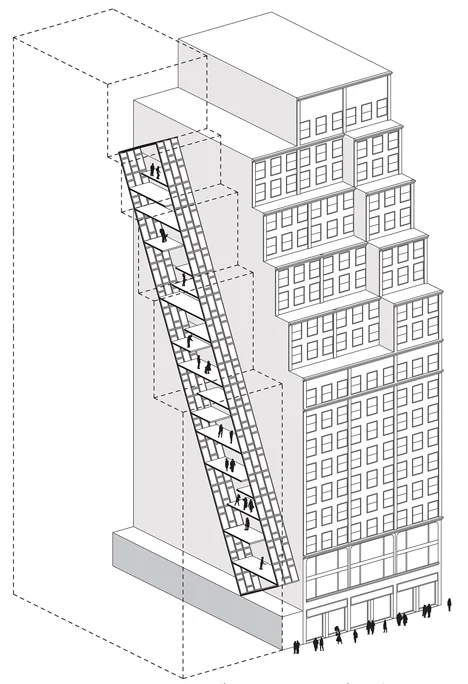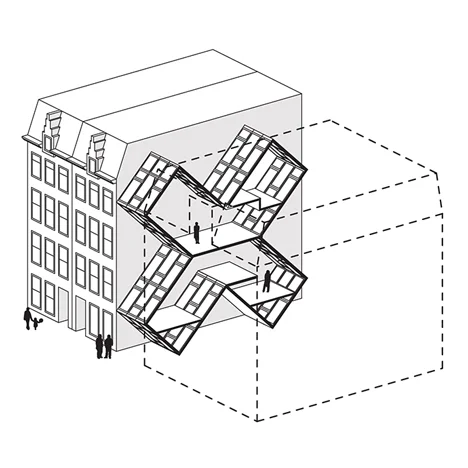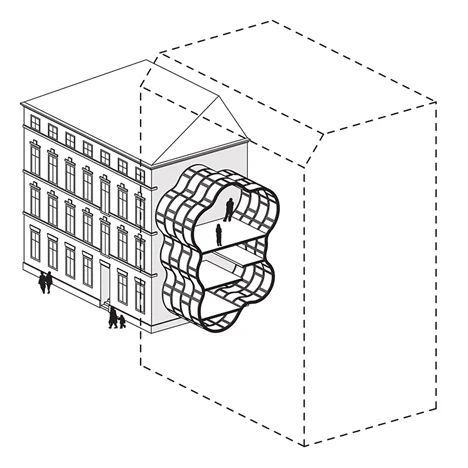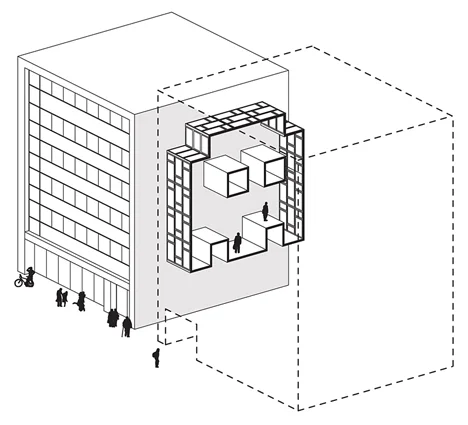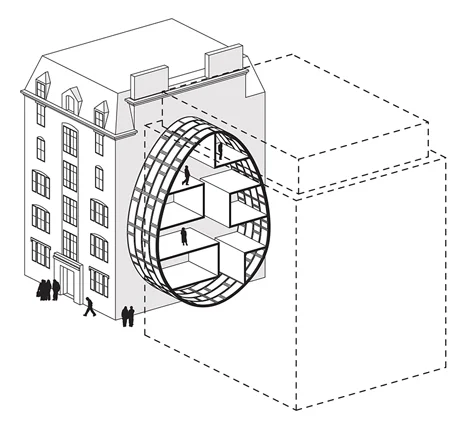> On Sunday night, a reporter for The Weather Channel stood in a Minnesota snowstorm, talking about local efforts to move homeless children into heated shelters. “How cold is it supposed to get?” the anchor, back in the studio, asked. The reporter replied: “Colder than Mars.”
Indeed, recent temperatures across the U.S. have been Mars-like. Forecasts in the midwest call for temperatures to drop to 32 below zero in Fargo, N.D.; minus 21 in Madison, Wis.; and 15 below zero in Minneapolis, Indianapolis and Chicago. Wind chills have been predicted to fall to negative 60 degrees — a dangerous cold that could break decades-old records.
All of which begs the question — if climate change is real, then how did it get so cold?
The question is based on common misconceptions of how cold weather moves across the planet, said Greg Laden, a bioanthroplogist who writes for National Geographic’s Scienceblog. According to Laden, the recent record-cold temperatures indicate to many that the Arctic’s cold air is expanding, engulfing other countries. If true, this would be a perfect argument for a “global cooling” theory. The Arctic’s coldness is growing. Laden asks, “How can such a thing happen with global warming?”
The answer, he writes, is that the Arctic air that usually sits on top of our planet is “taking an excursion” south for a couple of days, leaving the North Pole “relatively warm” and our temperate region not-so-temperate. “Go Home Arctic, You’re Drunk,” he titled the explanation. Read more here.
> Singapore will stick to a licensing system that has made it one of the world’s most expensive places to buy a car, limiting vehicle ownership to encourage more people to use public transport.
Singapore needs the so-called certificate of entitlement for the “short and medium term” because of land limitations and road congestions, Lui Tuck Yew, minister of transport, said in an interview yesterday. More than 20,000 vehicles were sold in the city-state between January and November 2013, with luxury automakers Daimler AG (DAI) and Bayerische Motoren Werke AG (BMW) emerging as the top two sellers, making up one in every three cars sold. The government is targeting 70 percent of the population, currently 5.4 million, to use public transportation by the end of the decade, compared with 63 percent now.
>With more and more people choosing to live in cities, there is less and lessaffordable housing available, meaning that some municipalities are trying out things like micro-housing or relaxed zoning laws to meet up with the demand. Of course, not all of these micro-developments have to sit on vacant land; Danish designers Mateusz Mastalski and Ole Robin Storjohann have created a series of clever urban infill concepts that could occupy the residual spaces between buildings, yet remain lit with natural daylighting and looking surprisingly spacious.
(Click on image above to see 5 different design ideas)
Titled "Live Between Buildings," the project proposes several designs sited in various cities like New York, Tokyo, Amsterdam, Helsinki and London. Coming in various configurations, the surfaces are all covered with transparent roof windows to let the maximum amount of light in. The designs are definitely not for the disabled, as access to the various levels requires some nimble navigation up ladders and stairs. But the spatial overlapping allows for a lot of different functions to be potentially packed in, while leaving some room for fun things (climbing wall, swing and hammock? Why not).
> Japan offers to lend US half the cost of 'Super Maglev' train between Washington and Baltimore. The Japanese government has promised to lend the United Stateshalf of the cost of building the first "Super-Maglev" train, reducing travel time between Baltimore and Washington DC to just 15 minutes.
Tokyo is so keen to show off its technology that it will provide loans for half the estimated $8 billion (£5bn) cost of installing the tracks, Japan'sAsahi newspaper said on Tuesday. The American federal government is keen on the project, according to Central Japan Railway Co., and state authorities are especially enthusiastic.
>About 40% of the area of Hamburg, the second largest city in Germany, is made up of green areas, cemeteries, sports facilities, gardens, parks and squares. For the first time ever, the city has decided to unite them together via pedestrian and cycle routes. It’s all part of the “Green Network Plan,” which aims to eliminate the need for vehicles in Hamburg over the next 20 years.
The city will also construct new green spaces that should help absorb CO2 and regulate the city’s climate (Hamburg’s average temperature has risen about 9ºC in the last 60 years). These spaces will also help to prevent flooding: in the same 60 year time period, Hamburg’s sea level has risen about 20 centimeters and is expected to rise another 30 centimeters by 2100.
With this network, Hamburg will be following a trend, perhaps best exemplified by Copenhagen, of cities constructing cycle paths in order to linking outlying areas to city centers. And, importantly, the plan will make the car – currently the only transportation option to get from one part of the city to another – essentially unnecessary.
>Green space in towns and cities could lead to significant and sustained improvements in mental health, finds a new study published in the journal of Environmental Science & Technology.
Analysing data that followed people over a five year period, the research has found that moving to a greener area not only improves people's mental health, but that the effect continues long after they have moved. The findings add to evidence that suggests increasing green spaces in cities - such as parks and gardens - could deliver substantial benefits to public health.They found that, on average, movers to greener areas experienced an immediate improvement in mental health that was sustained for at least 3 years after they moved. The study also showed that people relocating to a more built up area suffered a drop in mental health.
> 33 Resilient Cities Announced by Rockefeller Foundation.
Today, we are excited to name the first group of cities selected through the Rockefeller Foundation’s 100 Resilient Cities Centennial Challenge – cities who have demonstrated a dedicated commitment to building their own capacities to prepare for, withstand, and bounce back rapidly from shocks and stresses.
Since we announced the challenge on our 100th birthday, May 14, 2013, the response has been enormous, with more than 1,000 registrations and nearly 400 formal applications from cities around the world. Each city was asked to present a clear and compelling description of how they are approaching and planning for resilience to decrease vulnerabilities, and after careful review of the applications, a panel of esteemed judges, including former presidents Bill Clinton and Olosegun Obasanjo, recommended the first set of 33 cities for the 100 Resilient Cities Network. Among the winners: One of the oldest continuously inhabited cities in the world wrote of the city’s history withstanding shocks for the past eight millennia. One African city wrote of a resilience plan as harmonizing climate change adaptation, biodiversity, planning and management and water security. And a city in South America finds itself dealing with landslides and forest fires, all while sitting in the shadow of a volcano.
QUITO’S RESILIENCE CHALLENGE




